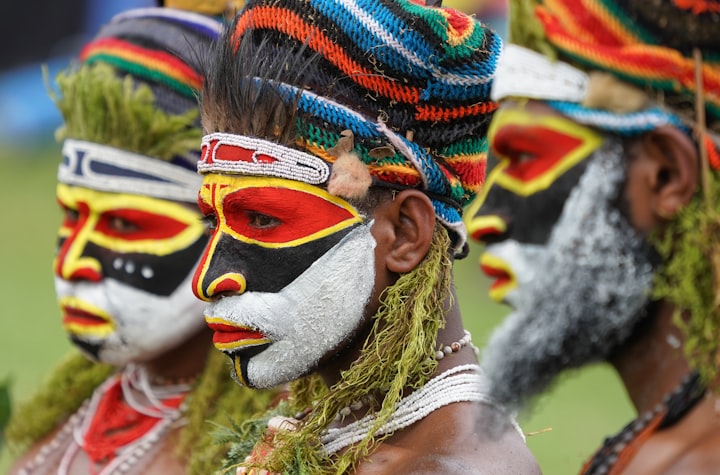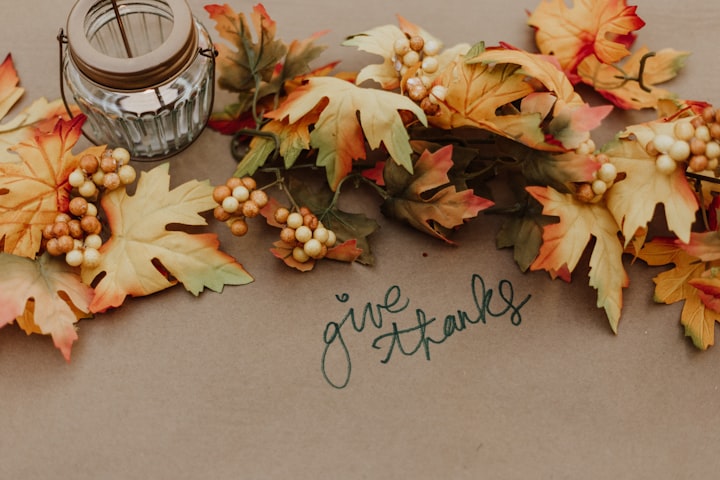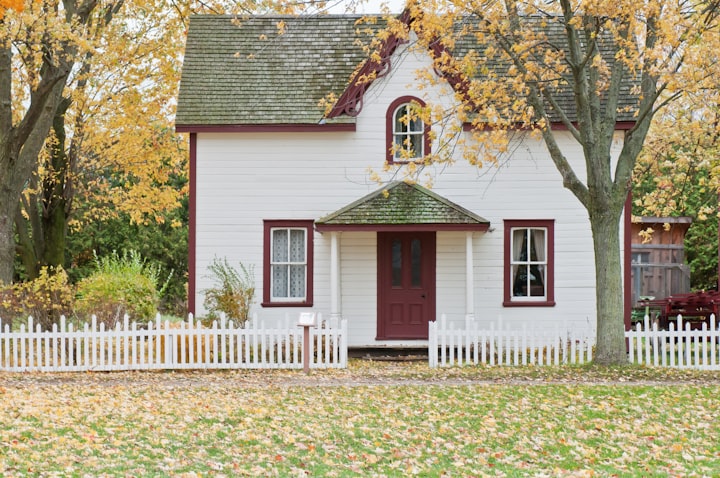Clan assisted Pilgrims with getting by for their first Thanksgiving; they actually think twice about it years after the fact
"History has not been kind to our people," Steven Peters said he tells his young sons. "Children were taken away. Our language was silenced," he said. "People were killed." And yet, "we found a way to stay."

In Plymouth, Massachusetts, vacationers rush to Plymouth Rock. They swarm the recreation center officers who describe the historical backdrop of Plymouth Rock, the image of the appearance of the Pilgrims four centuries prior.
Another famous movement is a visit through an imitation of the Mayflower, the boat that conveyed the Pilgrims from England.
On a ridge above stands a recognition for the Indigenous Americans who assisted the destitute Pilgrims with making due. However, a couple of individuals visit the sculpture of Ousamequin, the boss, or sachem, of the Wampanoag Nation whose individuals once numbered somewhere in the range of 30,000 and 100,000 and whose land once extended from southeastern Massachusetts to parts of Rhode Island.

Since quite a while ago neglected and distorted in American history, the Wampanoags are prepared for the 400th commemoration of the main Thanksgiving between the Pilgrims and Indigenous Americans.
What occurred in 1621 looks similar to what most Americans are instructed in school, antiquarians say. There was reasonable no turkey served, and at first, the Pilgrims put forth no attempt to welcome the Wampanoags to the banquet they had made conceivable.
Native American activists have since a long time ago protested the well-known depiction of Thanksgiving.
For the Wampanoags and numerous different clans, Thanksgiving is viewed as a day of grieving, not a day of festivity.
While the Wampanoags assisted the Pilgrims with getting by, their help was trailed by long stretches of sluggish destruction of their kin and the taking of their territory. Decimation alludes to the intentional and arranged killing of a huge gathering of individuals fundamentally due to their identity or ethnicity.
Their Story Is Thousands Of Years Old

To become familiar with the historical backdrop of the Wampanoags and what befell them after the primary Thanksgiving, a guest needs to travel 30 miles south of Plymouth to the town of Mashpee, where they will track down an unassuming exhibition hall. Outside, there's a wetu, a conventional Wampanoag house produced using cedar posts and the bark of trees.
Inside the house is Mother Bear, a 71-year-old Mashpee Wampanoag, who has carried on with her entire life around here. She is viewed as one of the attendants of the Wampanoag variant of the main Thanksgiving and how the experience transformed into a centuries-in length calamity for the Mashpee, who currently number around 2,800.
Paula Peters, a Mashpee Wampanoag who is a creator and instructor on Indigenous American history, said, "We don't recognize the American occasion of Thanksgiving" since it's an inaccurate recounting their story.
The Wampanoags follow their predecessors back no less than 10,000 years to southeastern Massachusetts, a land they called Patuxet.

During the 1600s, they lived in 69 towns, each with a boss, or sachem. They lived ashore that had a lot of food. They chased deer, elk and bear in the woods, fished and gathered mollusks in the waterways and coves. They established corn and utilized fish stays as manure. In the colder time of year, they moved inland, away from the unforgiving oceans, and in the spring they moved to the shorelines. The Wampanoags had exchanged — and battled — with European wayfarers starting around 1524.
During the 1610s, the Wampanoags were almost cleared out by a sickness that a few Wampanoags accept came from rodents onboard European boats, yet different antiquarians think it was probably smallpox or conceivably yellow fever.
Known as "The Great Dying," the pandemic endured three years, and by 1619, 66% of the Wampanoag Tribe had been killed by it. Boss Ousamequin's Difficult, Tactical Decision

In 1620, the English on board the Mayflower advanced toward Plymouth subsequent to showing up in Provincetown, Massachusetts. The Wampanoags looked as ladies and youngsters got off the boat, and they knew their communications with the Europeans would be distinctive this time. "You don't bring your ladies and kids in case you're wanting to battle," said Peters, who likewise runs her own correspondences office called SmokeSygnals. The Wampanoags monitored the Pilgrims for a really long time, and in their first winter, half passed on from cold, starvation and infection.
Ousamequin, as boss, confronted a tough spot, students of history and instructors say. His country's populace had been desolated by illness, and he expected to keep harmony with the adjoining Narragansetts. He most likely idea it very well may be savvy to align with the English since they had firearms against his kin's bows and bolts, and in the spring of 1621, he connected.
He was being vital, said Steven Peters, the child of Paula Peters and innovative chief at her office, taking note of, "We were frantically attempting to not become wiped out."

By the fall, the Pilgrims, thanks in huge part to the Wampanoags showing them how to establish beans and squash in a hill with maize around it and use fish stays as manure, had their first reap of harvests. To commend, the Pilgrims had a "reap feast" that turned into the reason for Thanksgiving.
The Wampanoags were not welcomed

Ousamequin and his men appeared solely after the English shot off their black powder guns in festival. At the sound of gunfire, outfitted Wampanoag fighters came running, dreading they were gone to war.
Told it was a collect festival, the Wampanoags joined, carrying deer to share, Paula Peters said, and individuals had fowl, fish and conceivably cranberries from the space's marshes. Darius Coombs, a Mashpee Wampanoag social effort organizer, said there is a confusion regarding how Thanksgiving affects Indigenous Americans.
"As far as we might be concerned, Thanksgiving started off colonization," he said. "Our lives changed drastically. It brought infection, subjugation thus numerous things that weren't useful for Wampanoags and other Indigenous societies." Colonialism is the point at which one nation assumes responsibility for somewhere else, frequently exploiting its kin and assets.
The Thanksgiving Tale

When she was 8 years of age, Paula Peters said, an instructor clarified the Thanksgiving story, and a youngster inquired, "What befell the Indians?" The instructor replied, "Unfortunately, they're all dead." "No, they're not," Paula Peters said she answered. "I'm still here." On Thanksgiving, numerous Wampanoags will accumulate with their families for a feast to express gratefulness, not for the endurance of the Pilgrims but rather for the endurance of their clan.
"History has not been caring to our kin," Steven Peters said he tells his young children. "Youngsters were removed. Our language was hushed," he said. "Individuals were killed." And yet, "we figured out how to remain."






Comments
There are no comments for this story
Be the first to respond and start the conversation.